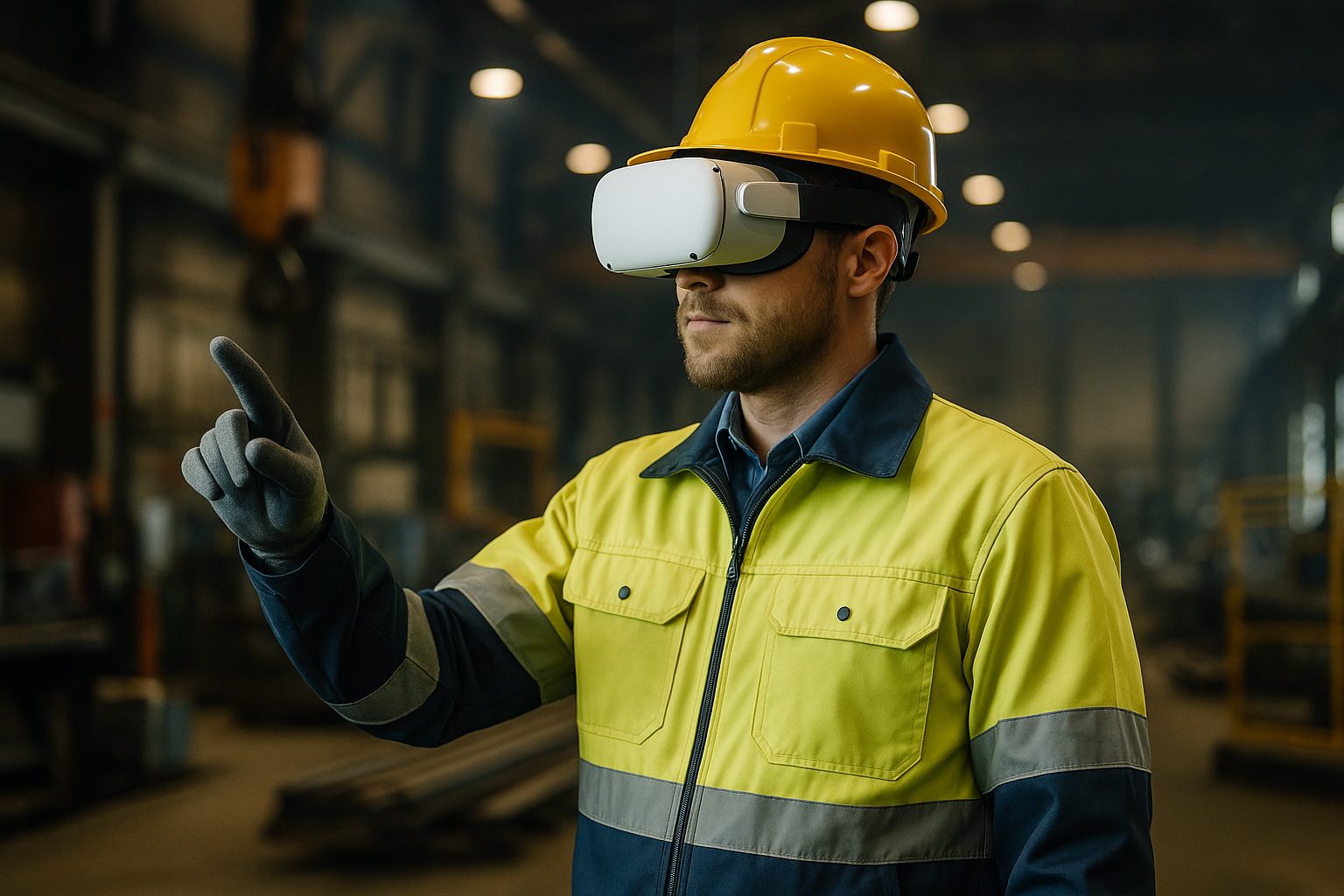"Innovative Approaches to Workplace Safety in the Industrial Sector"
Introduction: Workplace safety is an essential aspect of the industrial sector, with potential implications for productivity, morale, and even the bottom line. As industries evolve, so do the challenges and risks associated with occupational safety. In this context, innovative approaches to ensuring workplace safety are not just desirable but necessary.

The Evolution of Workplace Safety
Workplace safety has always been a critical concern for the industrial sector. The early industrial era was characterized by hazardous conditions and a high incidence of work-related injuries and diseases. Over time, the importance of safety regulations, equipment, and practices has become increasingly recognized, leading to significant improvements in workplace safety. Nevertheless, industrial environments still pose unique and significant challenges in terms of safety, necessitating continuous innovation and improvement.
Current Trends in Workplace Safety
In recent years, the approach to workplace safety in the industrial sector has shifted from a reactive to a proactive stance. This shift is based on the recognition that preventing accidents is more efficient and cost-effective than dealing with their aftermath. Key trends include risk assessment, worker training, and the use of technology to enhance safety measures. For example, wearable technology can monitor workers’ health and environmental conditions, providing real-time data that can be used to prevent incidents.
The Impact of Innovative Safety Strategies
Innovative safety strategies can have a profound impact on the industrial sector. They can improve worker morale and productivity, reduce downtime, and potentially save lives. Furthermore, they can help companies avoid costly legal issues and damage to their reputation. However, implementing these strategies can also pose challenges, such as resistance to change and high initial costs.
Case Study: The Use of Virtual Reality in Safety Training
An example of an innovative safety strategy is the use of virtual reality (VR) for safety training. VR can simulate hazardous situations in a safe environment, allowing workers to gain practical experience without the risk of injury. This approach can be particularly effective for training workers in high-risk industries such as mining or construction. However, the high cost of VR equipment and the need for specialized training can be barriers to its widespread adoption.
Innovative Safety Tips
-
Invest in employee training: Well-trained workers are safer workers. Make sure your employees have the knowledge and skills they need to work safely.
-
Use technology to your advantage: From wearable tech to VR, technology can be a powerful tool for improving safety.
-
Don’t overlook the basics: Even as you explore innovative strategies, don’t neglect basic safety measures like personal protective equipment and regular safety audits.
-
Foster a safety culture: Encourage employees to take safety seriously and to be proactive about identifying and addressing safety issues.
In conclusion, workplace safety in the industrial sector is an area that calls for continuous innovation. While the challenges are significant, so too are the potential benefits. By keeping abreast of the latest trends and strategies, and by fostering a culture of safety, companies in the industrial sector can protect their workers, enhance productivity, and improve their bottom line.




